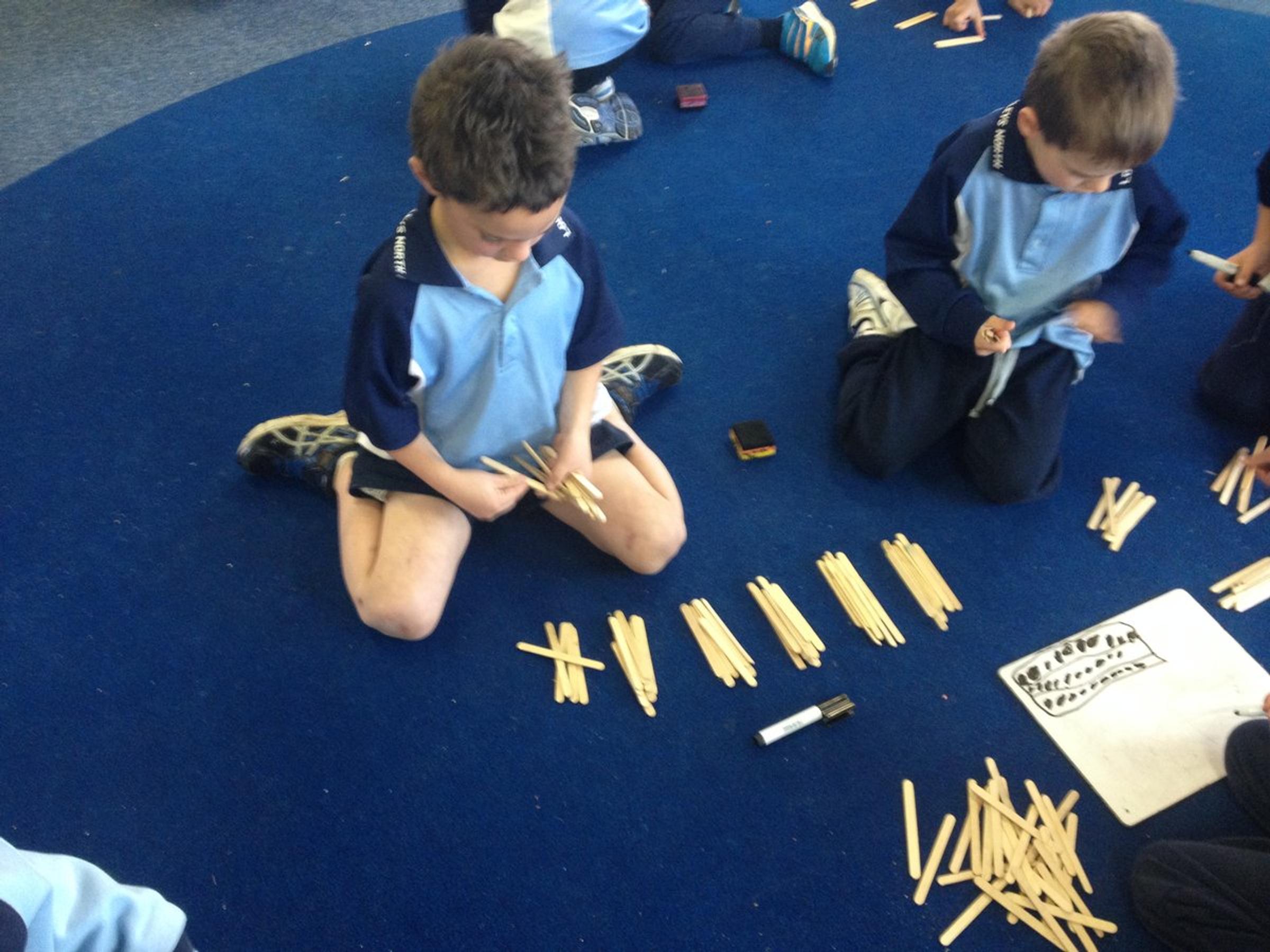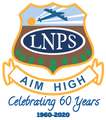Reception - Maths

Measurement and Geometry
Students will engage with hands-on activities where they will compare objects to decide which is longer, shorter, heaver, lighter, larger or smaller. They will experiment with measuring using varied objects such as counters, beans and blocks and will be able to choose the best unit for measuring, using only one object at a time. Using familiar everyday objects, students will experiment with measuring different shapes and surfaces and will investigate the impacts of gaps and overlaps in measuring and their impact on the total length.
Reception students will continue to use their problem solving skills and apply these to measurement problems and continue to develop their recording skills to visually show how measurements were taken.
Together the students will be involved in constructing word walls with key measurement vocabulary such as length, gap, overlap, shortest, short, tall, narrow and wide.
Students will inquire into the days of the week and engage with activities where they will place them in order and link specific days to familiar routines (e.g. School days, weekend).
Numeracy
We will be focusing on further developing the children’s understanding of number and algebra from the Australian Curriculum. We will continue to use the natural maths Secret Code strategies to explain their thinking.
Children will consolidate their understanding of:
- Subitising – the process of immediately recognising how many items in a small group without counting.
- Counting on – understanding that the counting sequence can be continued from any starting point. Children need to remember to always count on from the largest number. For example, if there were 4 apples and 2 more apples, they need to subitise the 4 and count on 2 more.
Playing dice games and dominoes with your children will further support their understanding of these strategies at home.
Children will be explicitly taught the Rainbow Facts and Doubles strategy this semester and exposed to Skip Counting.
- Rainbow facts – are pairs of numbers that add up to ten e.g. ( 9 and 1, 6 and 4, 7 and 3).
- Doubles – identifying objects/numbers that occur in pairs automatically, e.g. (5 and 5, 4 and 4, 2 and 2).
Children will develop their understanding of these strategies with the support of playing card games and dominoes to develop their automaticity.
Once again, if you have a pack of playing cards at home you can play some of these maths games with your children.
We have been learning the song “Friends of Ten”. This catchy tune can be accessed on the internet, and is great for consolidating their understanding of Rainbow Facts. Children will also be taught card games such as “Fishy Rainbow”, a great card game to play with the family.
Statistics and Probability
Children will be involved in a variety of maths learning activities around data representation and interpretation. They will explore answering yes/no questions to collect information about their world around them. They will be introduced to tallies and investigate how to represent and analyse pictorial graphs.
